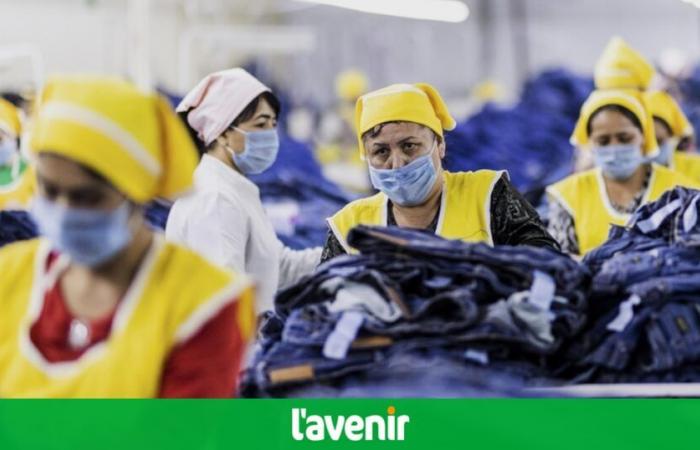“The entire production chain poisoned”
Cancer, silicosis, burns, eye damage… among workers exposed daily to certain chemical substances, microplastics in breast milk, children’s slippers full of lead, formamide, phthalates (Test-Achat study), etc. he use of chemicals has a dangerous impact on the health of textile workers, that of consumers, as well as the environment.
“From pesticides used for cotton cultivation to anti-mold products used for transport in containers, including artificial dyes based on mercury and lead and finishing techniques to make fabrics wrinkle-resistant or non-flammable… That’s all. the production chain which is poisoned by a least cost system“, denounces Audrey Millet who is also concerned about the impact on health of the combined effect of different chemical components (the cocktail effect), little studied until now.
Progress but…
A framework has been put in place. The REACH legislation regulates the use of chemicals and prohibits the most toxic of them, both in European companies and in those based outside the EU which covet the European market.
Eleven years after the collapse of the Rana Plaza factory in Bangladesh, on April 24, 2024, the European Parliament approved the directive on the duty of vigilance. This law requires large companies to implement measures to identify, prevent and mitigate risks related to the violation of human rights, environment, health and safety throughout their value chains.
Great progress but not enough. How to control the entire production chain when it has more than 700 factories like the Benetton company? “The excessive use of subcontracting in the clothing industry sector is very problematic“, underlines Audrey Millet.
Ideally, you should know all the products used at each stage of garment manufacturing. “This idea of protecting yourself from clothing that makes you sick is considered protectionism which opposes the principles of the World Trade Organization. Not being poisoned by the clothes you buy is a human rights issue.“, protests the fashion eco-system expert.
What about consumer responsibility?
On the achAct side, we recall that these subcontractors work for the same company and we plead for greater transparency at the level of the value chain and for control of all stakeholders.
And the responsibility of consumers who are often called upon to boycott brands that show little respect for working conditions and the health of workers? “We place a heavy responsibility on the shoulders of consumers even though they have the least impact on what happens upstreambelieves Julie Frère. This is why it is important to strengthen the REACH thresholds, some standards are not relevant, and apply them to products manufactured outside Europe.”






